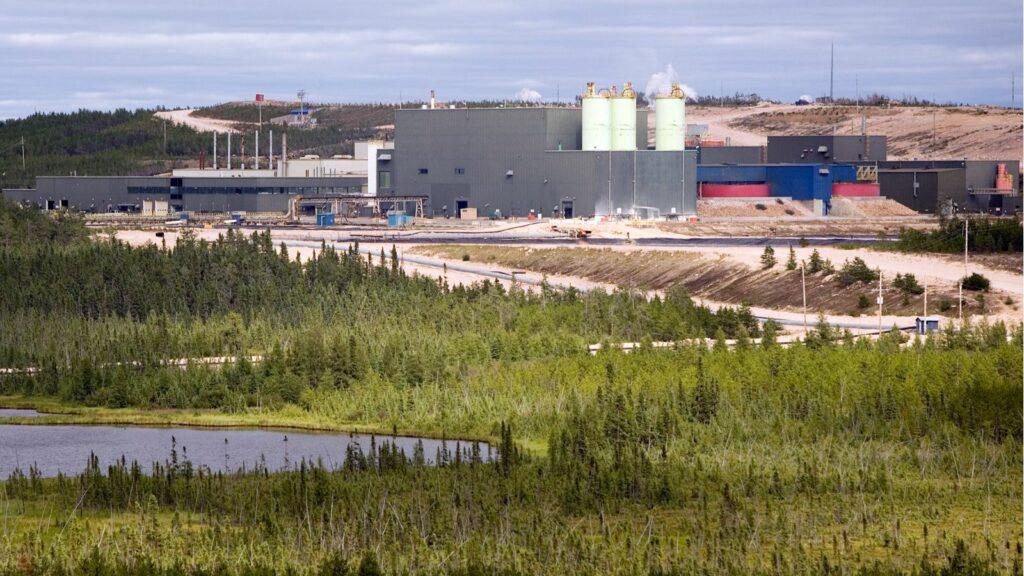The Canadian minerals industry is very important to our national economy. Canada produced 60 minerals and metals in 2021 at almost 200 mines and 6,500 gravel, sand, and stone quarries.
People have been mining in Canada for centuries, so we have had ample time to perfect our practices and processes. Our established practices and natural reserves put us ahead in processes, technology, and innovations—and they’re continually improving.
Minerals by Province and Territory
Each and every province and territory in Canada produces minerals. Just five of these provinces make up over ¾ of Canada’s total mineral production—Quebec, Newfoundland and Laborador, British Columbia, Ontario, and Saskatchewan!
Continued mineral exploration also takes place in each province and territory, with the same top production provinces being top players here too. Quebec is the leader, followed by Ontario and British Columbia. These three account for 73% of total exploration.
Canada is the global leading producer of potash, 95% of which is used in fertilizer to encourage better plant growth and water preservation. The other 5% is used in products like detergents, pharmaceuticals, ceramics, water conditioners, and alternatives to de-icing salts.
We are also in the top five producers of diamonds, gold, gemstones, indium, niobium, titanium concentrate, platinum metals, and uranium.
The value of producing these key minerals reached $55.5 billion in 2021!
Zooming In on Saskatchewan
Saskatchewan was ranked first in Canada for mining investment attractiveness. Why? Saskatchewan is naturally rich in mineral resources, has an established and efficient regulatory system, and has a high-quality geological database. We are 5th in Canada in mineral production and exploration.
Saskatchewan is also rich in two of the most desirable minerals in the world—potash and uranium. In fact, Saskatchewan is the top producer of potash in the world, accounting for ⅓ of annual global production! We also produce 10% of the world’s uranium.
Beyond the two key minerals, Saskatchewan also produces salt, kaolin, clays, and coal, as well as sodium and potassium sulphates.
Canada’s Critical Minerals
Critical minerals are those necessary for a continued clean energy transition. In Canada, this includes copper, nickel, aluminum, manganese, helium, lithium, cobalt, graphite, and potash.
Canada has critical minerals projects across the entire country, including mining sites, processing facilities, and advanced projects.
With these minerals, Canada will create competitive supply chains and continue to develop greener technologies and processes. Technologies in development include zero-emission vehicles (requiring Li-ion batteries, permanent magnets, and specialty alloys), wind turbines, and hydrogen fuel cells.
A Shifting Minerals Industry
Canada’s minerals industry is actively working to shift to follow trends of more sustainable energy sources and practices. Canada is lucky enough to have an ample supply of the key minerals needed for this shift.
The industry is shifting in two key ways in Canada:
- Greenhouse gas emissions. Canada’s mines emit a relatively low level of greenhouse gases. This is for multiple reasons: continued investment into research, innovation, and adoption of greener technologies, along with access to clean energy sources. Some remote mine sites even rely on wind turbines to reduce their need for diesel fuel.
- Advanced green technologies. The Green Mining Initiative is working to improve the minerals industry’s technology and processes with a focus on the environment and sustainability.
From 2020 to 2021, Canada’s mineral production grew 20% from $46.4 billion to $55.5 billion. This shift is working—keeping the mineral industry relevant and working for the country.
The minerals industry is key to Canada’s economic health, and as energy production expectations shift, so too does the minerals industry. IMII is proud to be encouraging sustainable innovations in the Saskatchewan minerals industry. Take a look at our AES Challenge to learn more about our work in this area!



